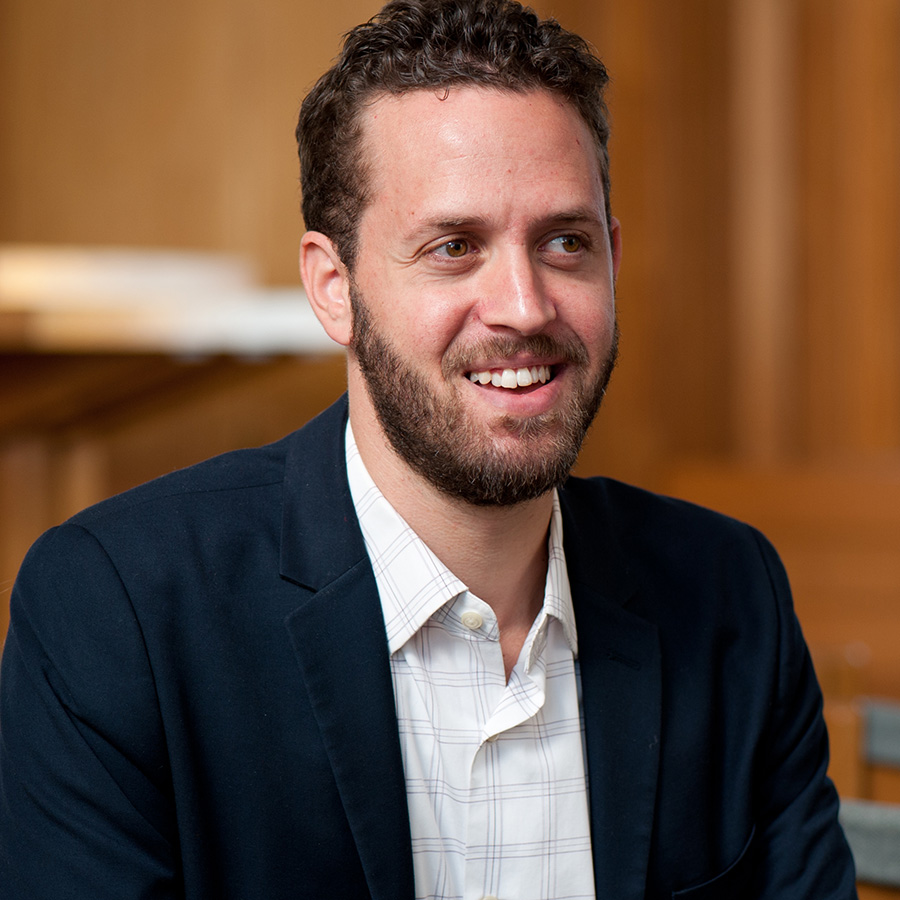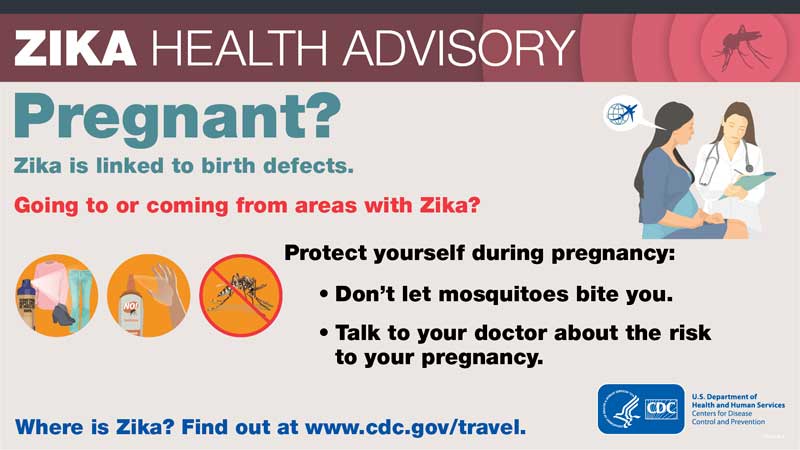Keep Calm and Consult a Priest


Tazria begins with a discussion of the ritual purity of a woman following childbirth and goes on to relate the treatment of leprosy. Reflecting on this juxtaposition of topics, my thoughts turned to the Zika virus, which has garnered global attention because of evidence it may cause birth defects in the children of mothers infected while pregnant.
The Centers for Disease Control advisory above reflects a measured response to an outbreak of a disease that might easily cause panic among under- (or over-) informed members of the public. The advisory omits the details of the worst outcomes associated with the disease, and explicitly directs concerned mothers-to-be to talk with a doctor, rather than to independently seek details about a potential affliction—all too tempting, as well as potentially fraught, in our information-saturated age, as anyone who has checked WebMD for a routine rash or stomachache knows.
The text in Tazria similarly provides a restrained response to leprosy, providing a methodical, step-by-step approach to a disease that one midrash explicitly associates with the Children of Israel “going wild” (ki ha’am paru’a; Lev. Rabbah 17:3). Putting aside the elements of this treatment that seem primitive by modern standards, this week’s parashah sets a clear standard for how leaders, in this case the priests, should deal with disease—not only addressing the physical health of the infected or those vulnerable to infection, but also working to prevent an unnecessary panic about contagion among ill-informed members of the community.



